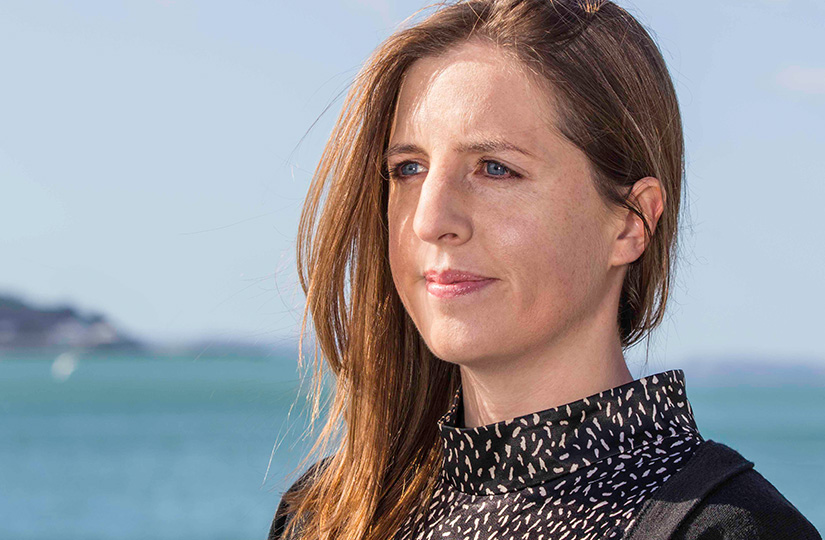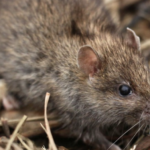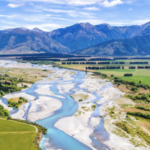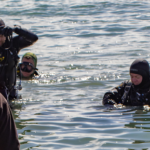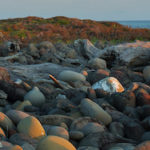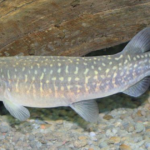The origin “provenance” is a French verb provenir which means to ‘come or stem from’. Yet my experience with provenance suggests it is much more than simply establishing the place of origin – it is about the people who produced it, the practices used to produce it, and sometimes even the story as to why those practices, by those people, and in that place.
Food, Farms, and Freshwater (3F)
I first started thinking about provenance when trying to set up a social enterprise with Rhys Millar and Mike Barton to address declining freshwater quality as a result of farming practices and related food production. Broadly, our proposed model is to obtain a premium from consumers and return this to participating farmers for meeting environmental standards (linked to swimmable and fishable freshwater objectives).
Rhys kept reminding us that what we are really talking about is provenance. Rhys is a man who lives and breathes provenance. He kills his own stock from his small sheep and beef farm near Purakaunui, grows his own vegetables, and buys other produce from local farmers. He does this for a number of reasons: he wants to support local producers who he knows demonstrate good practices, and he wants his purchasing power to be put to good effect in the local economy and enhancing the Otago environment.
I vividly recall challenging Rhys that we needed to stick to our knitting and focus on what we are here to achieve – improving water quality without trashing our economy (or vice versa). I mean what does ‘provenance’ mean anyway? Isn’t it just a concept used by the French to get a premium for their wine? Rhys explained that when he talked to me about the beef produced in Wanaka I would automatically think of the lake, the landscapes, and the people and understand where the beef had come from – this was provenance. I then realised that a big part of what 3F is trying to achieve is to establish provenance – we want to more deeply connect people to the places, and the practices, used to produce their food.
Establishing provenance isn’t always easy
When I met Sharon and Mike Barton they were selling Taupo Beef to local restaurants for a premium on the basis they were protecting the water quality of Lake Taupo. This is the exemplar for 3F’s model. The next step was to extend the “proof of concept” and demonstrate that consumers in Wellington and Auckland would also be prepared to a pay a premium for sustainable meat i.e. it wasn’t just the locals who understood this was something special worth paying for.
Many people said to me why don’t Sharon and Mike just sell their meat directly to specialised food stores in Wellington and Auckland? I quickly learnt that it isn’t easy getting select produce to an urban consumer. For a start you need processors and distributors who are prepared to work with you which can be a real challenge, particularly if you don’t have scale. We were shown around a processing plant in Hawke’s Bay. I saw first-hand that the butchering of carcasses along the production line is not designed to track each cut of meat and establish its provenance (beyond identifying NZ as the country of origin). Admittedly there are more sophisticated processing plants with greater capability to trace produce throughout the disassembly process but this comes with associated complexity and cost, and if you aren’t a big player it can be difficult to get traction.
The expectations of most consumers (and consequently retailers) to have year-round supply can also put pressure on a model founded on provenance. There is often an optimal time of the year to grow and produce most food, and the same applies to meat. So if consumers require you to produce it in the same place 365 days of the year then that means some farmers need to change their systems to adapt, which again comes at a cost.
But it’s worth it
A lot of blood, sweat, and tears can go into establishing provenance. I’ve witnessed this first-hand. Comparatively I only pay a small price for knowing where most of my food comes from. This is the start of the journey towards internalising the environmental costs of food production into the price paid by consumers.
What might provenance mean for the Gulf?
Widespread adoption of a provenance model could be the key to transformation in the Gulf.
A provenance model would require driving up the value chain in terms of product diversity, quality, and utilisation.
We are seeing fishers like Karl and Sarah Warr creating greater value with less fish, smart practices and connections to place. Leigh Fisheries and Yellow Brick Road have pioneered high value business models.
The fishing industry appears to be less constrained than the red meat sector to connect with consumers. And the Gulf has a close and large consumer base ready to support and pay a premium for a Gulf marine park fish.
What are we waiting for?


